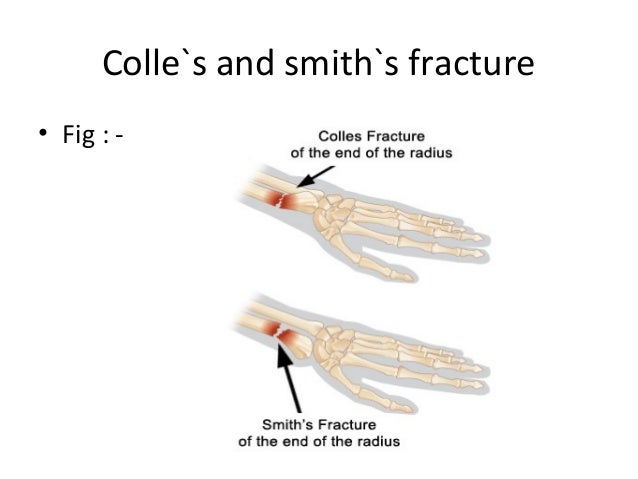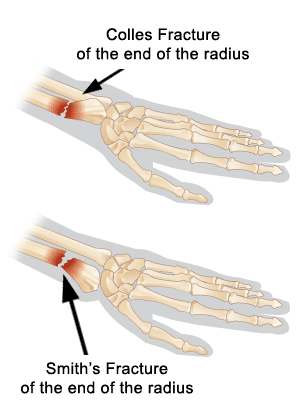

The cast needs to be changed every couple of or 3 weeks. Generally, a cast is added after the swelling goes down. A splint is usually used for a few days which in turn cause a normal swelling. After the bone is properly aligned, a splint or cast is placed on the arm.When a bone is straightened without having to open the skin, it is called a closed reduction. In this case, the doctor moves the broken pieces into place. If the alignment of the bone is out of place it may be necessary to re-align the broken bone fragments.If the fracture is not severe a plaster cast can be applied.There are many treatment options for a distal radius fracture depending upon the nature of the fracture, patient’s age and activity level, and the surgeon’s personal preferences. One basic thumb rule for treating the broken bone is: the broken pieces must be put back into position and prevented from moving out of place until they are set. This can be referred as the “Dinner fork” or “bayonet” likes deformities. There is a change in shape or angle of the forearm noticed in just above the wrist.

However, the major and most common symptoms are following. The symptoms of the fracture vary according to the severity of the problem.

People who don’t get enough vitamin D or calcium.Walking or other activities on snow or ice.To summarize the entire Colle’s Fracture, it can be said that fracture that results in the wrist is Colle’s Wrist Fracture. Generally in these cases putting the hands out to stop the fall can cause Colle’s fracture. Younger patients are affected by Colle’s fracture mainly due to sudden fall during contact sports, skiing, horse riding etc. It is particularly common in patients with osteoporosis (a disorder in which bones become very fragile and more likely to break). In U.S.A and Northern Europe, Colle’s fracture is the most common type of fracture that women up to 75 years of age experience. Females are prone to this injury than male.


 0 kommentar(er)
0 kommentar(er)
